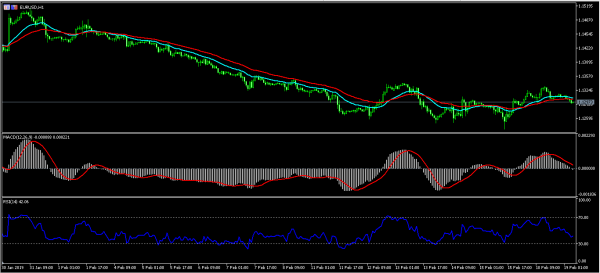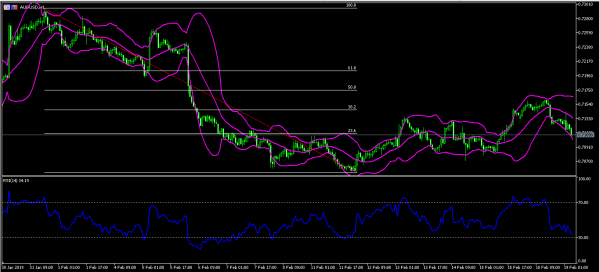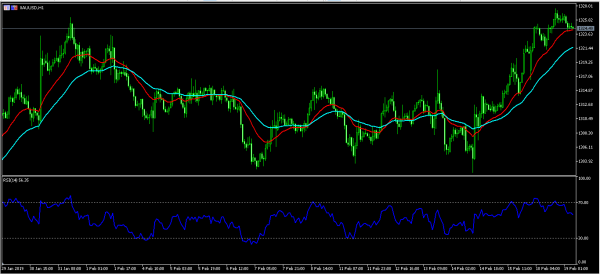The euro declined slightly against the USD as investors waited for Donald Trump’s reaction to a report submitted by the Commerce Department. The report was commissioned to evaluate whether European autos pose a national security threat to the United States. For years, Trump has cautioned against the Europeans, saying that they take advantage of the US. Imposing tariffs on European cars would lead to swift retaliation, which would have major implications in trans-Atlantic relations and trade.
These tariffs would reduce total German car exports by 7.7 per cent, or by €18.4bn,” said Gabriel Felbermayr, head of ifo’s Centre for Foreign Trade, adding that value creation in the German car industry would fall by €7bn, or about 5 per cent. About 60 per cent of the total damage inflicted on the European car industry by such tariffs would be felt by Germany.
Trade negotiations between the United States and China will continue this week in Washington. China’s vice premier will travel to the country again to meet with Steve Mnuchin and Robert Lighthizer. This comes a week after the US team travelled to Beijing where they continued with the negotiations. While the finer details of the meetings are not yet known, investors are optimistic that they will lead to a deal before the March 1 deadline.
The Australian dollar declined today after the RBA released minutes from a past meeting during which officials sounded caution on the slowing Australian economy. They also discussed the slowing rate of inflation, which has been caused by increasing competition in the retail sector. Concern was also expressed about the real estate sector, which has seen the value of houses drop sharply. A statement said:
Given that further progress in reducing unemployment and lifting inflation was a reasonable expectation, members agreed that there was not a strong case for a near-term adjustment in monetary policy. Rather, they assessed that it would be appropriate to hold the cash rate steady and for the Bank to be a source of stability and confidence while further progress unfolds. Members judged that holding the stance of monetary policy unchanged at this meeting would be consistent with sustainable growth in the economy and achieving the inflation target over time.
EUR/USD
The EUR/USD pair declined to an intraday low of 1.1295 as traders started to worry about trans-Atlantic trade. This price is below the 21-day and 42-day EMAs. The signal line of the MACD has turned lower while the RSI has declined to the current level of 40. The pair will likely continue to decline today and test the important support of 1.1233.
AUD/USD
The AUD/USD pair declined sharply to an intraday low of 0.7100. This was the lowest level since Friday and is along the 21.6% Fibonacci Retracement level. It is also along the lower band of the Bollinger Bands while the RSI has dropped to 33. With the RBA minutes a bit dovish, there is a likelihood that the pair will continue moving downwards today.
XAU/USD
The XAU/USD pair declined to a low of 1325. This price was along the 20-day EMA and higher than the 42-day EMA. The spread between the two moving averages has continued to get wide. The RSI has moved lower from 70 to below 55. The pair could resume the upward trend and test the previous high of 1325.















